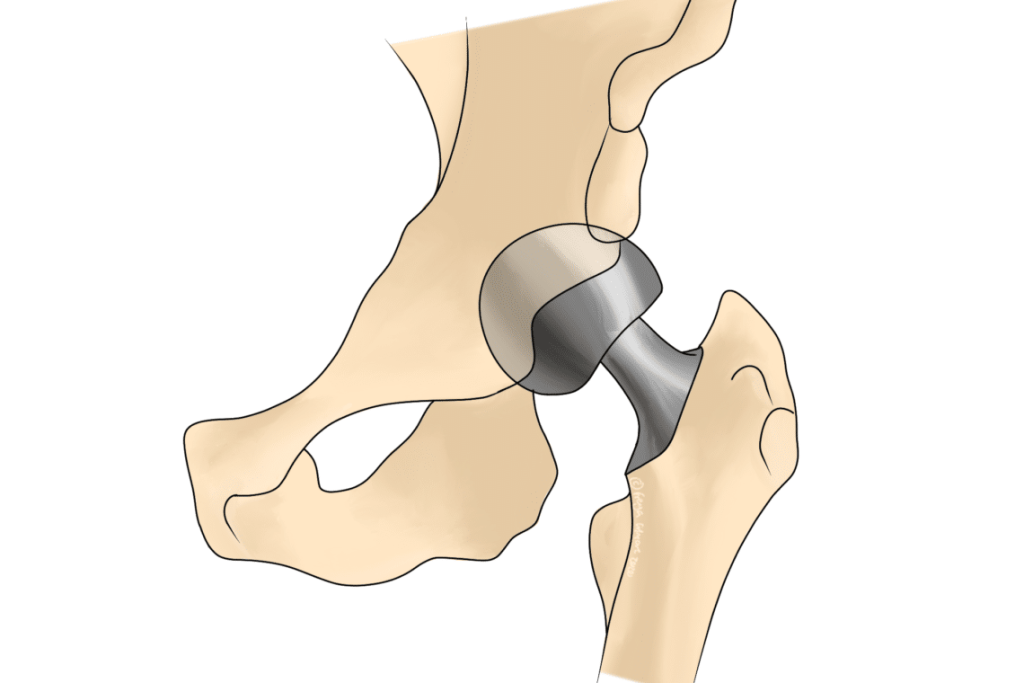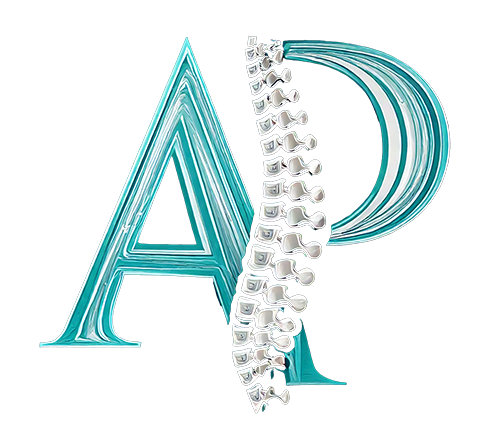Delays to Joint Replacements

Waiting lists for joint replacements are at an all time high, and the 18 week target for hip and knee replacements has been scrapped. If you are already waiting for a replacement to an arthritic joint, we may be able to help with function and comfort in the meantime. Osteopaths are qualified to help with arthritis, and the earlier you start treatment, the more we can do.
Early Stages of Osteoarthritis
Osteoarthritis is a condition of the cartilage within a joint. Cartilage has a poor blood supply, so relies on movement to keep nutrients flowing into the joint where it can absorb them. It exchanges nutrients for waste, and movement again helps to flush this away. If movement is limited, the nutrient input is reduced, and waste products are stuck close to the cartilage for longer than ideal. These changes to the local environment play a role in reducing the health of the cartilage, from which point a vicious cycle can develop.
Even without you consciously realising, if the cartilage in a joint becomes roughened, the body might respond by adapting movement. This can be particularly evident in the hip. As movement is now sub-optimal, the fluids in the joint are not flushed through as much as they should be. There may also be areas of cartilage that are no longer compressed and decompressed, so the tissue relies purely on diffusion to exchange those products.
Avoiding Joint Replacements: Managing Arthritis
If spotted early, your osteopath can start to improve movement again. Muscles will be tight to try and protect the joint, which only reduces movement further. By working on those muscles and encouraging joint movement directly, we aim to restore some lost movement and improve cartilage health. Osteoarthritis responds really well to exercise too, so you can expect to have an exercise plan throughout your time with us.
Relief While Waiting for Joint Replacements
In some cases, a joint replacement is the only real solution. But with long waiting times, it can be difficult to make it to the surgery date. Even when cartilage is significantly reduced within the joint, what is left can still respond to treatment. We can also help to relax muscles that are trying to protect the area and potentially causing more pain than they solve. Finally, if other areas are overworking to compensate for the joint pain, there may be things we can do to reduce the burden on them.
If your joint pain leads you to walking with a stick or a frame, we may be able to offer advice for using them in a more efficient way.
Prehabilitation
Just like you would expect physical therapy after your surgery to improve your joint function, we can help to get your body ready for surgery. If your joint pain affects the way the rest of your body moves, we can work to improve the function of those areas that are adapting. This means that when you do get walking on your new joint, there’s one less thing to iron out.
Make an appointment in Leicestershire or Rutland for your joint pain here.

